
by Don Pingaro | Sep 21, 2019 | Commerce Strategy, System Integrations
Congratulations! You survived the Back to School retail surge. While the true test of eCommerce performance is yet to come, any hurdles you encountered during Back to School should be taken care of well before then. Consider these your warning shots. To help, here are 3 precautionary measures you can take to digitally strengthen your store for the holidays.
1. Stress Test to Avoid Lost Revenue
A wave of more than 6.2 billion shoppers will descend on digital retailers during Cyber Week. Unfortunately, not all businesses are prepared for success…
For example, J. Crew’s site crashed on Black Friday in 2018 and issues persisted throughout the afternoon. Analysts predict the outage cost the company around $780,000 in just five hours. Shoppers flocked to Twitter to complain en masse, causing a firestorm of anger to erupt across the web. This is where the real damage was done. Like a ghost story from holidays past, this is a warning for retailers everywhere to change for the better.

Redstage’s CEO Adam Morris identified the top “holiday rush” issues we’ve helped clients through in years past. Here’s what to watch out for:
1. Slow Site Speed
2. Price Caching
3. Broken or Buggy Checkout
4. Server Overload or Timeout
5. Add to Cart Features Failing
“The holidays are a time of increased profits, but that comes with a huge load on websites,” Morris says, “So if you haven’t done proper stress testing to account for higher demand, you won’t know how your online store is going to react.”Adam Morris, CEO at Redstage
Preparing for the worst now can save you money and your reputation later with one simple step— testing. Skipping this step could spell disaster that leaves the specter of poor service hanging over your reputation for years to come.

2. Your Back-End Checklist at Present
From Thanksgiving to Black Friday through the end of Cyber Week, retailers have a few critical days to rake in as many sales as possible. During this shopping frenzy customers both in-store and online. Regardless of how they buy, your online store (or your app) will more than likely be their first stop. We developed a checklist of what you can do today to ensure your eCommerce site survives Cyber Week.
- Optimize your site’s user experience with A/B testing.
- Check your indexing to avoid price caching.
- Review all error codes to avoid a broken checkout.
- Avoid overload and crashes by scaling your server.
- Double-check key functions to avoid important features failing.
- Complete load testing to prepare for an increase in traffic.
- Utilize an automated monitoring system for real-time updates on 404s and checkout errors.
- Upgrade your payments and security platforms to prevent payment fraud.
- Lastly, be prepared to scale up your support team on the fly. If something goes wrong, even for a few minutes, you’ll need a sizable support team to manage angry customers and correct the issues.
“If you’re not using visitor data to identify the friction points in your checkout, you risk focusing your budget in the wrong places. A data-driven approach to optimization means trusting your analytics even when the message is counter-intuitive.”Oliver Sosinsky, Sr. Solutions Engineer at Redstage
Learn a valuable lesson from LuLu Lemon. Last year, the athleisure brand’s site went down the morning of Thanksgiving Day. Shopper outrage hit Twitter at 8am EST with a “Site is down. Ugh!”
In the first minutes of the shopping event of the year, the brand was stuck, entangled in crisis. Once the site got back online, more errors appeared, causing sales prices for in-cart items reset to regular prices or prevent customers from checking out.
With proper bug monitoring and back-end preparations, this fiasco could have been avoided. Take a page out of our book and start monitoring now. You’ve done the legwork to bring customers to your site, now protect it.

3. Capitalize on the Future
A single visitor doesn’t guarantee a transaction and a single transaction doesn’t guarantee a loyal customer. Flawless mobile experiences will do both, but takes some serious testing.
Conversion rate optimization turns your visitors into customers while ensuring they receive an immaculate customer experience. While no two customers are the same, simple tests can lead to enhancements that remove friction from the checkout and dramatically reduce abandoned carts.
Merchants like LawnmowerTirestore.com took advantage of testing their site before the holiday season and the results were a game changer. By making their checkout button stick to the site’s header and follow users while they scrolled, sales soared with a 29.5% increase in revenue per visitor (RPV) for desktop customers. For mobile, the test yielded a 7% increase in RPV, after only 4 weeks of testing. Now, Lawnmower Tirestore plans to roll-out the feature site-wide to capitalize on their new-found data-driven advantage.
As part of the Mobile Optimization Initiative, retailers can receive checkout tests 100% free. The goal of the initiative is to create a set of best practices for mobile optimization and share our insight with the world. Read more about the initiative here.

Final Thoughts
According to Internet Retailer, 60% of consumers plan to spend 50% or more of their holiday shopping online; spending over $21.6 billion during Cyber week.
It is not too late to prepare. If you start early enough and cover all the bases, you can sit back, relax and watch your revenue grow with measurably less stress. Remember, this is your holiday too. While there’s still time, monitor your site for bugs, load test, A/B test, utilize the data, capitalize on those results, and enjoy some eggnog.
Cheers!
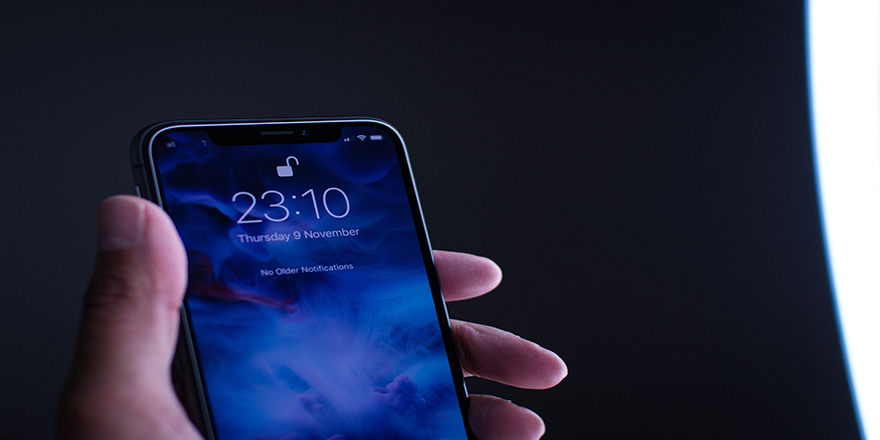
by Latoya Young | Sep 17, 2019 | Commerce Strategy, System Integrations, Web Development
No matter what, customers are always right. Today, they have more power than ever before. As you are well aware, it’s much more likely that your online customers interact with your website via smartphone than desktop. Therefore, their experiences need to be personalized, fast, efficient, and tailored for specific devices. If not, they’ll bounce to the next competitor for a better experience.
Statistics show that 40 percent of users will switch to your competitors after a bad mobile experience. A risk ALL merchants should avoid, especially with the stark rise in mobile sales. In fact, analysts predict that by 2020, 44.7 percent of all retail eCommerce sales will be generated through mobile devices.
Remember, your customers won’t stand for mediocre customer experiences. Your only job is to push them through the checkout in the most frictionless (and secure) manner possible.The digital experience should always mimic the desktop. A business buyer wants to be able to access or check inventory the same way during a commute or at an office computer. According to a 2018 Cyber Week report by Invesp, 32% of consumers changed their mind about making a purchase on mobile, abandoning carts packed with unsold products or sercives. It’s time for a change.
Why 2018’s mobile experiences left money on the table.
Last year, Black Friday’s sales turnout beat expectations by more than 10 percent. However, while many attempted to manage an anticipated mobile surge, conversion rates on the “favorite” shopping device came in dead last during Cyber Week. In the end, over $6.2 billion was spent online from Thanksgiving to the end of Cyber Monday. Mobile orders only accounted for 45% of sales. When you consider that mobile’s share of traffic was 62%, that’s a pretty weak conversion rate.
“In a world where responsive design is trying to give [customers] all the same functionality we have on desktop in mobile, there may be a divergence here where we have to start thinking about different mobile-first customer experiences.”
– Adam Morris, CEO, Redstage
Merchants and B2B companies who don’t start thinking with a “mobile-first customer experience” mentality will be left behind. Of course, it’s ideal to know and understand the buying habits of each customer, but tricky to do without the right technology. Thankfully, free data-driven A/B testing provided by the Mobile Optimization Initiative can help you overcome these barriers. Your customers aren’t going to wait for better mobile experiences, so why should you? Customers want to “click and go.” Lucky for you, implementing optimization is not only easy but the best option for B2B companies and retailers. B2B companies have a more complicated sales funnel that tends to increase aggravation and cart abandoment by 26%. With the Mobile Optimization Initiative, merchants can increase completed purchases dramatically by improving customers’ mobile experience with simple tweaks. Here’s how it works.
The Mobile Optimization Initiative is the ultimate holiday tool!
Last year, we published several articles about mobile optimization to help merchants close the “mobile revenue gap” by optimizing checkout experiences. With some of the tests we’ve run, retailers can cut mobile cart abandonment in half or more on certain devices.
“Optimizing your customer experience thorough data-driven optimization allows you to discover small tweaks that ensure you’re capturing as many sales as possible from the growing pool of mobile buyers.“
– Benjamin Shapiro, Solutions Engineer, Redstage
Those who join the MOI program with Redstage will receive a free checkout funnel assessment, custom test design, experiment implementation, and professional services during the active program. The goal of our global initiative is to help merchants get more revenue from mobile. In turn for the free services, we gather anonymized data about customer habits to create a knowledge-base for best practices in mobile. Learn more about our community proven experiments and sign up here. As the results show, it’s well worth it.
“With the current data collection and analysis tools available, we no longer have to speculate on where to put efforts to improve your site. The data is the guide in both where to focus your efforts, and where to expand after experimenting. Smart A/B testing based on data-driven analysis gives you insights that lead to successful, simple changes that can have a big impact on increasing your revenue per visitor. One recent participant – A lawn mower tire store – saw lifts of 24.9% and 7% RPV on desktop and mobile respectively through a‘sticky cart’ test.“
–Benjamin Shapiro, Solutions Engineer, Redstage
How Soon Should You Start?
The sooner you begin, the better. Participants start gathering testing data immediately, and all it takes is adding a simple tracking tag to your site (less than a minute). If you’re looking for a last-minute boost for your holiday marketing, this is it, and it packs a punch. Our latest test yielded a 25% increase in revenue per visitor.
The Mobile Optimization Initiative puts you ahead of the competition, because the experiments are proven, having been tested over millions of transactions across hundreds of merchant sites.As of December of 2018, experiments from 120 merchant sites generated a collective $22 million in revenue, averaging a 9.28% increase in RPV (extra revenue they would’ve missed without MOI testing). Today, we leverage the data from more than 200 participating merchants to ensure your tests are optimized for success. From this, we’ve created more than 130 standardized experiments to test, so now’s the time to join!
“We were struggling with mobile conversions and the MOI program helped us with the insights and adjustments we needed. This data-driven, forward-thinking program is certainly worth a try.”
– Digital Marketing Coordinator @ Lawnmower Tire Store
Final Thoughts:
Ignoring the trends means you’re missing out on your share of over $500 billion in online sales. With 95% of mobile devices being used to look up local information to visit businesses, it’s your business they should be checking out (pun intended). By this time next year, we expect the number of participants in the MOI to double again, which means it may be too late to get a leg-up on your competitors. Since the experiments work best during high-traffic periods, there’s no better time to test! And don’t worry, the tests automatically notify you if they’re not giving you positive results.
If you’re still not convinced, or don’t know where to start, check out the latest results, case studies, and strategies in our new Holiday Mobile Optimization Ebook here! Good luck this holiday season! Want to learn more about the initiative but before you sign up? Contact us here for a free consultation with our testing experts.

by Don Pingaro | Nov 28, 2018 | Commerce Strategy
At this very moment, retail executives around the US are likely screaming about their Black Friday and Cyber Monday sales performance. For some, these sounds resemble a triumphant war chant, for others, these are the shrill cries of defeat. The reason? Mobile-first adoption.
No matter where you stand, this data changes the eCommerce landscape. Here are the latest stats and key trends from the long-weekend of holiday sales events. We will update this article as soon as new data is released, so make sure you subscribe to be the first to know!
Thanksgiving Takes an Extra Helping
On Thanksgiving day, as of 7:00am Pacific Time, U.S. consumers spent $406 million. By 2pm, Adobe announced that this number skyrocketed to a whopping $1.75 billion, representing a 23% increase over sales in the same time period in 2017. By the end of the day, Americans beat out last year’s sales for the day by a shocking 28%, resulting in a shocking 3.7 billion dollar Thanksgiving. Adobe initially projected a $3.1B bottom line for the holiday.
Mobile Wins Big
Here’s a quick breakdown of the major events in bite-size chunks:
Thanksgiving Day
Black Friday
$2.1 billion or 33.5% of sales came from smartphones this Black Friday. Another 10% of sales, or roughly $627 million, came from tablet users. All in all, the day yielded an impressive $6.2 billion, a 23.6% increase over 2018.
Cyber Monday Breaks The Internet
Here’s the big one. Cyber Monday sales shattered all previous records for online sales… in U.S. history.
“Cyber Monday [topped] $7.9 billion by the end of the day, making it the largest online shopping day of all time in the U.S. This represents a 19.7 percent increase year-over-year (YoY) as of 7:00 p.m. ET. In comparison, Thanksgiving Day and Black Friday brought in $3.7 billion (28 percent growth YoY) and $6.2 billion (23.6 percent growth YoY) in revenue, respectively.”
BusinessWireHere’s the share of devices (as of ~1:30pm ET November 27, 2018):
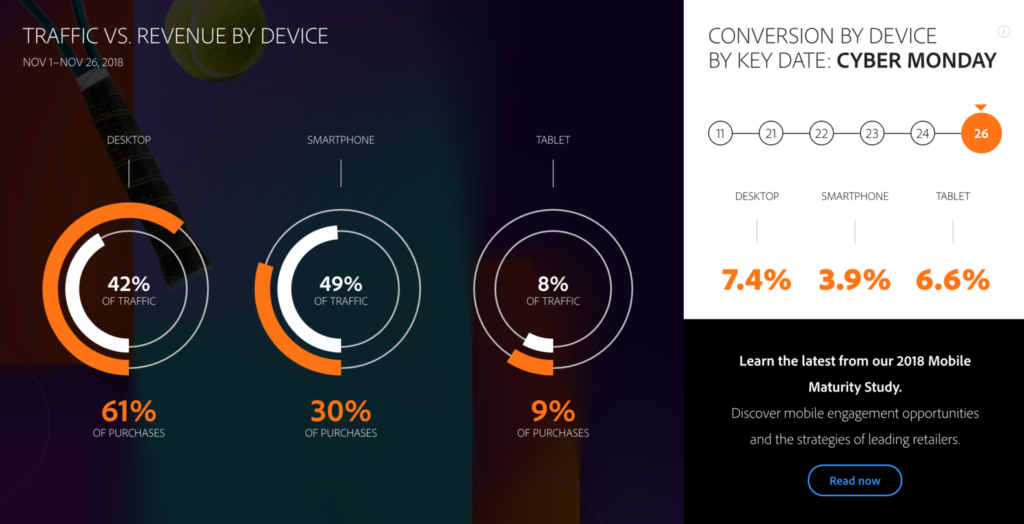 See more live stats at ExploreAdobe.com
See more live stats at ExploreAdobe.com
7 Days of Spectacular Sales
Additionally, Adobe’s latest report notes that this November has seen 7 days where total sales broke the $2 billion mark (as of Nov. 28, 2018)… Thanks in no small part to the mobile sales spikes.
Omnichannel Adoption Drives Sales
The trend of “buy online, pick-up in-store (BOPIS)” continued, with the trend growing 50% during this past weekend over 2018. According to Adobe, this spells dollar signs for omnichannel merchants: “As the online and offline retail experience continues to blend, retailers with physical stores drove 28 percent higher conversions online.” While this trend helped retailers increase their share of online earnings, in-store sales lagged far behind.
It’s time to join the mobile-first movement. As Adam Morris, Redstage CEO notes, “Cusotmers are no longer expecting an in-store Black Friday and Cyber Monday, but instead, an omnichannel experience.” While many retailers successfully ramped up their omnichannel strategies for this holiday, the data shows this trend is here to stay, and more work is needed.
If you want to reduce mobile checkout friction before the holidays are over, contact us asap! To see the results we’ve achieved with our recently launched Magento Community Initiative, find the latest data here.
Final Thoughts
These extravagant stats spell success for an industry racing to close the mcommerce gap. It’s seems the industry is all-aboard the mobile-first customer experience wave. As Internet Retailing points out, retailers may have finally reached ‘always-on‘ mobile consumers. Now it looks like the key areas for improvement are streamlining mobile checkouts, and optimizing omnichannel experiences.
Update Nov. 28, 2018
Black Friday + Cyber Monday Stats You Need To Know
Here’s a breakdown of YOY holiday sales by device and region based on data collected by our partners at Nosto!
-
- United States
Desktop: 39% (2017) / 34% (2018)
Mobile: 56% (2017) / 61% (2018)
Tablet: 5% (2017) / 3% (2018)
-
- United Kingdom
Desktop: 47% (2017) / 40% (2018)
Mobile: 42% (2017) / 48% (2018)
Tablet: 11% (2017) / 12% (2018)
-
- Northern Europe
Desktop: 39% (2017) / 37% (2018)
Mobile: 51% (2017) / 57% (2018)
Tablet: 10% (2017) 6% (2018)
-
-
- France
Desktop: 69% (2017) / 67% (2018)
Mobile: 19% (2017) / 22% (2018)
Tablet: 12% (2017) / 11% (2018)
- DACH
Desktop: 40% (2017) / 53% (2018)
Mobile: 42% (2017) / 39% (2018)
Tablet: 8% (2017) / 8% (2018)
Update Nov. 29, 2018
PayPal Mobile Payments Get A $2B Holiday Boost
-
- For the first time in PayPal history, mobile payment volume topped $1 billion, and did so on both Black Friday (November 23) and Cyber Monday (November 26). – PAYMNTS
-
- Adobe reports U.S. shopping carts averaged $138.00 during Cyber Monday, a 6% bump over last year.
-
- 49% of Black Friday traffic came from smartphones, driving 30% of online sales.
- “In the [PYMNTS] Checkout Conversion Index report, the 30 merchants with the fastest, most streamlined online checkouts ranked well. Conversely, the 30 merchants with the lowest scores offer a widely inconsistent checkout experience…”
Update Nov. 30, 2018
Cyberweek 2018 Trends Report
Our partners at BigCommerce identified a few additional trends in their Cyberweek 2018 Trends Report. Key findings include:
-
-
- While online stores continue to have the highest AOV for any sales channel, Facebook took second place, accounting for “70% of total GMV” for Fashion and Jewelry brands using the channel. Home and Garden brands selling on Facebook came in at 16% GMV.
- “The Fashion & Jewelry and Toys & Games verticals saw the highest GMV increases over 2017.

by Don Pingaro | Aug 28, 2018 | Commerce Strategy, UX/UI Design
Costly Mistakes & Recent Findings
Counted among our 5 Most Costly eCommerce Mistakes of 2017, payment method optimization is a must. Over the past year, we’ve seen a big push towards Apple Pay, PayPal Express, and even Venmo becoming “must-have” holiday payment methods for online stores. The reason? Customers that can click-and-go are more likely to convert.
With this in mind, we recommend reviewing what ways your site can keep gift-giving second-guessing to a minimum. In our mobile conversion optimization report, we found a few simple tweaks to reduce checkout abandonment and increase the likelihood of customers converting. If you don’t have time to review the full report, here’s our 3-minute breakdown as our gift to you.
Holiday Payment Hack #1. Zip-Code-First
On almost every site, the checkout form is the same, always starting with the customer’s first name. Sure, the name, phone, and email address areas might auto-fill based on browser settings, but location information isn’t always part of the one-click equation. Working with one of our clients, we found that a simple re-stacking of the typical model can cause checkout disruption to the tune of a 4.6% conversion rate lift (across all devices). Placing the zip-code first triggers browsers to auto-populate the country, city, and state data, making your checkout faster. In our report, we found that this simple change can yield conversion increases of 1.48% for desktop, 8.14% for smartphones, and a whopping 18% increase for tablets. Put this on your holiday upgrade wish list.
#2. The Card-Detecting Checkout
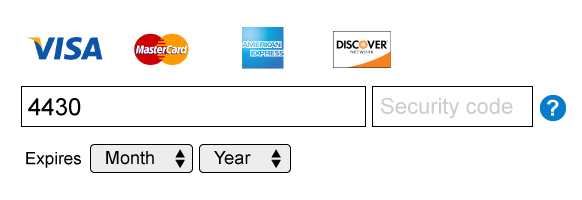
As the second test in our study, Redstage’s developers created a credit card checkout form that automatically detects the type of card entered based on the first 4 card numbers. I know, I know, you have that already, but what you don’t have is a checkout form that uses this data to automatically adjust your checkout form into the layout of the customer’s credit card. Different cards have their numbers, expiration, and even security codes in different areas, making the typical credit card form a little lacking in the CX department. Imagine a new customer with their card in one hand and their phone or tablet in the other. Now imagine them fumbling as they try to figure out how to enter their info… don’t let this be an opportunity for them to abandon the sale. Our smart bit of code automatically matches the form to the card in-hand, making it easier to fill out. Remember, the less friction, the better.
It might seem like a negligible CX change at first, but for phones and tablets, this smart checkout option drove a 3.7% and 6.1% conversion rate lift, respectively. The test didn’t add so much for traditional online checkout, only increasing desktop conversions by 0.4%… but every little bit counts right? How much extra joy would these numbers add to your holiday return?
#3. The Big One: PayPal-First
For the third and final portion of this 3-step study, Redstage analyzed what happens when we place a “PayPal Express Checkout” button above the traditional “proceed to checkout” button on the product page… The results were astounding. This change led to a 10.3% decrease in checkout abandonment across devices. That’s right. Simply putting the PayPal checkout option first on the page led to a 8.7% decrease in abandons on desktop, 11.2% less abandonment on smartphones, and shockingly, a 30.7% decrease in abandonment on tablets.
Final Thoughts
With so many payment options out there, it’s easy for the simplest conversion enhancements to go overlooked. Remember, it’s not just how customers can pay, it’s “how quickly” customers can pay. Want to get these holiday payment upgrades and more for free? Join round 2 of our conversion study now! Sign up here to see if you qualify for this round, and don’t forget to subscribe to receive the results of our next conversion report 2 weeks before anyone else!
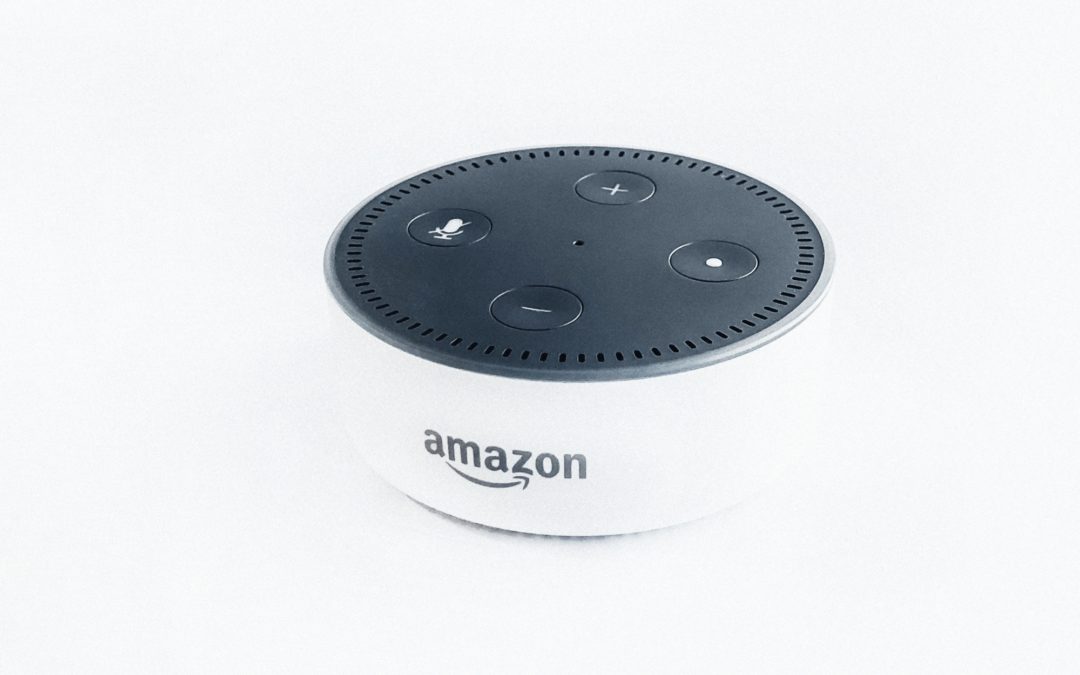
by Don Pingaro | Feb 16, 2018 | eCommerce Platforms, System Integrations, UX/UI Design
The Rise of the Smart Speaker
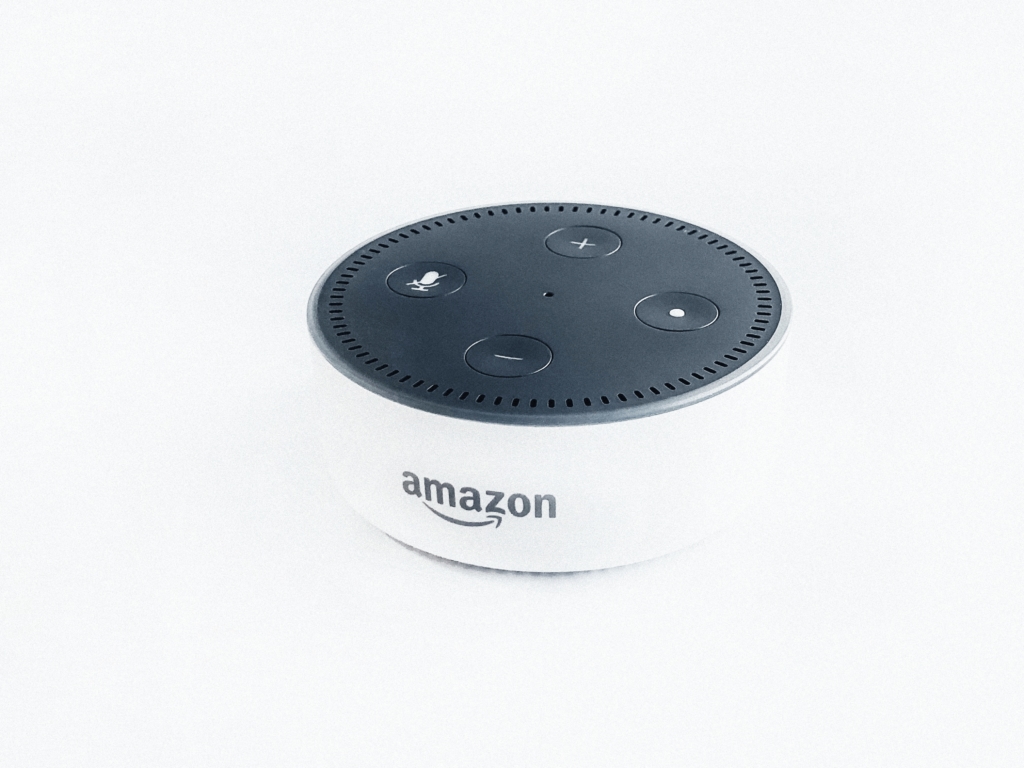
We’ve breached another new frontier in marketing. Thanks to the widespread adoption of IoT like Amazon’s Alexa and other smart speakers, a new channel has emerged and is rapidly picking up speed in the world of eCommerce: Voice-Commerce (vCommerce). Here’s a quick guide with all the stats and tactics marketers need to know to get a grip on the new technology, fast.
Forerunners & Followers
As more voice-enabled devices like Google Home, Echo Dots, and Apple’s recently released HomePod continue to pervade households, the rate of voice based purchases is skyrocketing. Forrester projects that by the end of 2018, 26.2 million U.S. homes will have smart speakers, spelling fortunes for online retailers.
What’s more, a report published by Juniper Research estimates that smart speakers will reach more than 55% of U.S. homes by 2022. With his residence completely integrated with Google Home, Redstage CEO Adam Morris says he’s “constantly witnessing improvements in voice capabilities from new commands to more accurate responses.” Considering the growing adoption rate and skill set of voice assistants, Morris says, “I believe voice is ready for eCommerce.”
Now that we can see the adoption curve, let’s dive into the implications from a search perspective.
The Heart of vCommerce
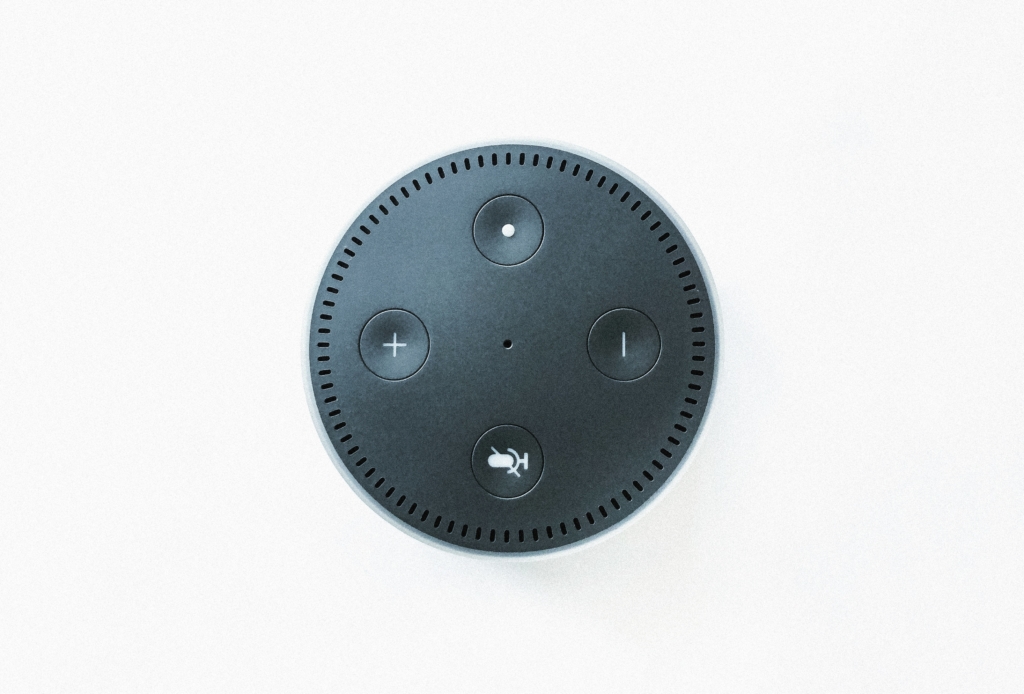
At the heart of the vCommerce movement lies our common frenemy, Google. Not only is Google now making all types of smart speakers to compete with Amazon, they’ve naturally gained dominance in the vCommerce search market. Remember, voice search did not exist before 2016.
To get an idea of how quickly the tech is taking over, heres some info from Kissmetrics: “Within 2016 alone, voice-based search went from zero to 10% of all search volume. Today, 20% of all searches have voice-based intent, and by 2020, ComScore estimates that half of all searches will be done by voice.”
“Today, 20% of all searches have voice-based intent, and by 2020, ComScore estimates that half of all searches will be done by voice.” –Kissmetrics
Say it again in your head… HALF of all searches… that’s real estate you can’t afford to miss out on. The fun game for the years ahead will be keyword planning for customer voice searches… but we’ll get back to that later on.
Here’s another one from Forbes: “Voice assistants are already being used to make purchases by 40% of millennials, with that number expected to exceed 50% by 2020.” So now you’re thinking, okay, great, more Adwords campaigns right? But wait! There’s more you can do to prep for this torrent of voice shopping.
Getting Your Share of Voice
Unapologetic marketing puns aside, here’s how to prep for vCommerce.

Step 1: Behavioral Analysis
Get your strategy team together and dive deep into your customer behavior segments. Which of your products are getting the most search traffic? What are your top sellers? What are the top products customers search for within your site?
Step 2: Search Out Loud
Think about what products you’ve personally searched for recently and how you found them. Brainstorm which of these products you’d order on a whim from your bedroom, your kitchen, your laundry room, or your entertainment center. Think about things you might search for while out at the store to compare prices, and things you could order from your desk at the office. More importantly, think about a product you need, like a refill on paper towels, and ask for it out loud. It’s likely that the way you ask for something aloud is different from how you search for it online. Saying “Alexa, order me more [Brand name] paper towels” is a bit different from typing “[Brand name] paper towels” in Google. Use this to your advantage.
Step 3: SEO Linguistics
Once you’ve tackled mobile-first SEO, start to rethink SEO in terms of natural language. Grab your smartphone or your favorite smart speaker and run some voice searches. What are the top results? Which of your competitors are showing up? What meta descriptions and keywords are they using? What phrases are their Google ads populating for? Think long-tail, because every customer is going to be asking for things a little differently.
If you’re new to this, “Long-tail keywords are longer and more specific keyword phrases that visitors are more likely to use when they’re closer to a point-of-purchase or when they’re using voice search. They’re a little bit counter-intuitive, at first, but they can be hugely valuable if you know how to use them.” (Wordstream) Retool your content for natural language and start ranking for voice searches as well as regular (manual-typing) searches. With this in mind, remember that voice searches are the ultimate gateway to impulse purchases. Take advantage of this, make some tweaks and test, test, test!
“‘The websites that will win…are incorporating (voice) search strategies for typers and talkers, alike,’ says Michael Peggs, Founder and Chief Content Creator of Marccx Media.”
—Inc.com
Step 4: Get Local, Get Vocal, and Get on Amazon
According to Search Engine Watch, “Mobile voice-related searches are 3X more likely to be local-based than text.” This means, it’s time to boost your local search magnet. If you’re not using Amazon as a channel to sell more products, now’s the time to start, as Alexa is programmed to suggest products from Amazon automatically. Don’t miss the chance to have your product recommended by a customer’s favortite digital assistant.
Additionally, consider reminding your customers that they can find you via voice search! This simple announcement can make a better CX for anyone who’s not yet accustomed to using voice search. More importantly, if you have Alexa Skills for your store, you’ll definitely want to tell the world. Send your customers an email telling them how they can order their next product just by saying a phrase. The’re not likely to forget it. Don’t have an Alexa Skill for your store? Read on:
Step 5: Get The Alexa Skills Kit Get the Alexa Skills Kit and start creating voice-enabled Alexa skills. According to PracticalCommerce, the kit is “a collection of self-service APIs and tools that make it easier to create voice-driven capabilities for Alexa.” Not only will this allow your customers to make purchases simpler, but more importantly, as an accelerating number of retailers invest in the trend, more customers grow accustomed to using this pervasive technology.
Final Thoughts
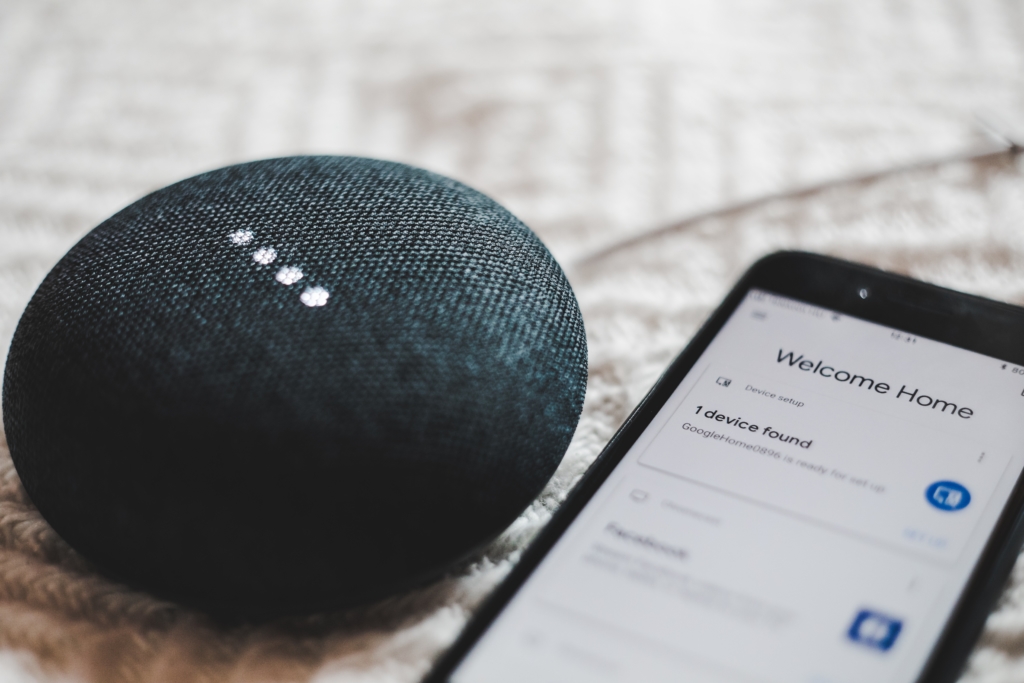
To recap, 2020 is shaping up to be a critical year for vCommerce. The projections scream 50% across the board. By then, roughly 50% of U.S. households will have smart speakers. 50% of all searches will have voice-based intent. More than 50% of millennials will shop via voice.
While voice as a channel begins to enter the main stream, Morris notes that eCommmerce traditionally lags behind the latest trends and technological innovations. “We [at Redstage] talked about mobile becoming the next big change in eCommerce 5 years ago. The industry collectively lagged far enough behind that now mobile traffic has overtaken desktop and today many still aren’t properly leveraging it. Mobile conversion rates are still roughly one-third of desktop rates, another sign that companies across the board haven’t realized mobile’s full potential. I have a feeling voice will follow the same pattern, though hopefully at a slightly quicker pace with what we know now. We’re witnessing and projecting massive adoption, so we’ve got a few years before the industry becomes accustomed to using voice competitively. However, voiceCommerce is an inevitability, and we should start preparing now just as we had to prepare for mobile.”
Now if you’re now thinking, “vCommerce is still on its way to maturity, so I have some time right?” Consider this tidbit from DigitalCommerce360, “A recent survey by SAP Hybris found that 38 percent of U.S. consumers would consider using digital assistants for their holiday shopping this year, a significant increase over the 17 percent who reportedly used voice devices for holiday shopping [in 2017].” If you’re looking for an edge this holiday season, this could be it.
Further Reading on Marketing in 2020
If you liked this article, you’ll also want to read, How All B2C Companies Should Be Marketing By 2020 for more disruptive insights.















Recent Comments